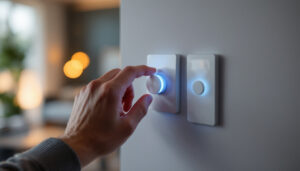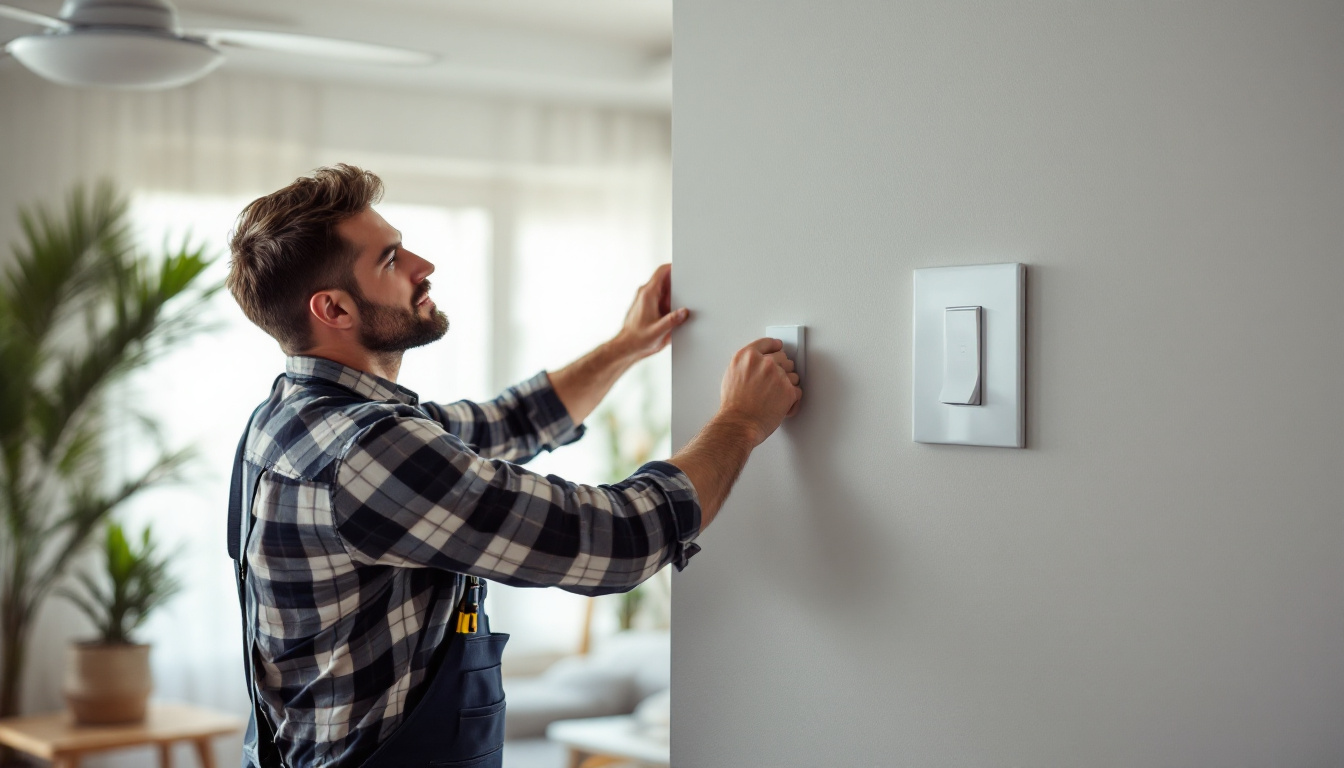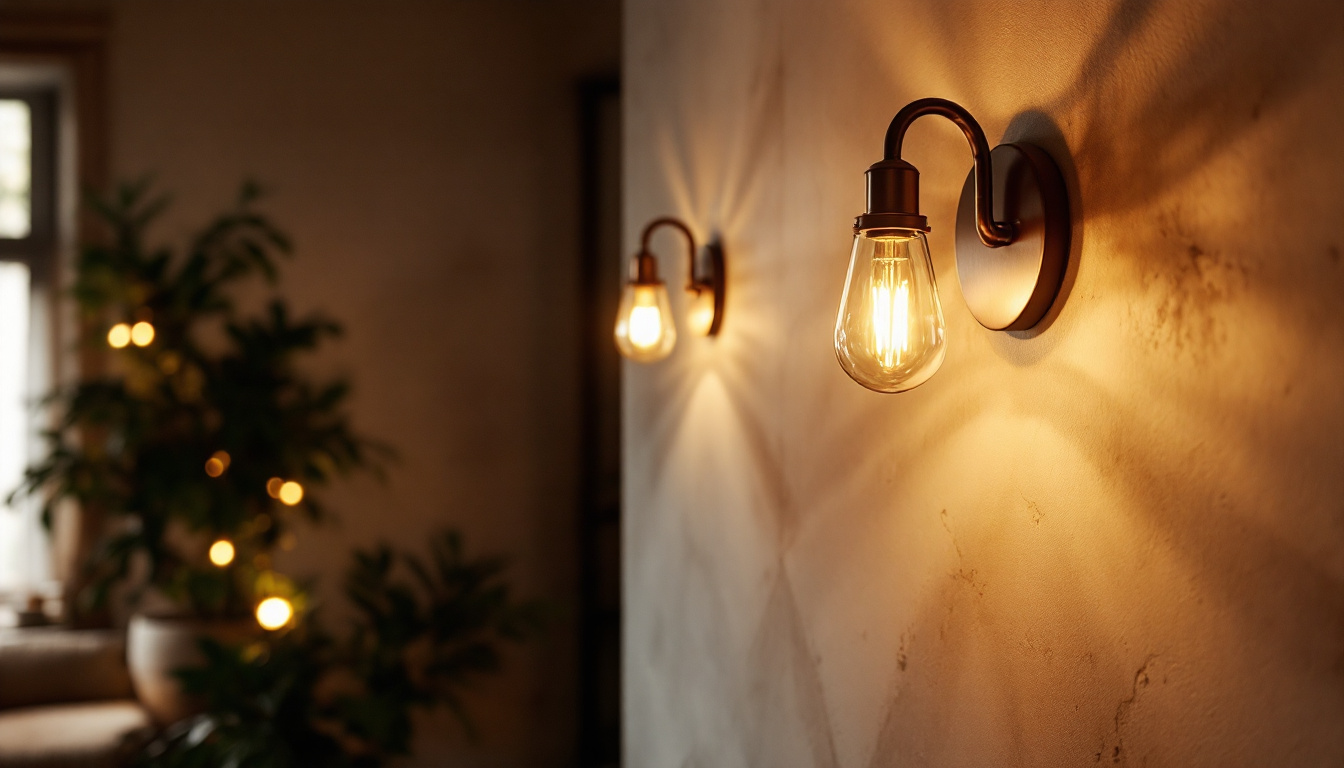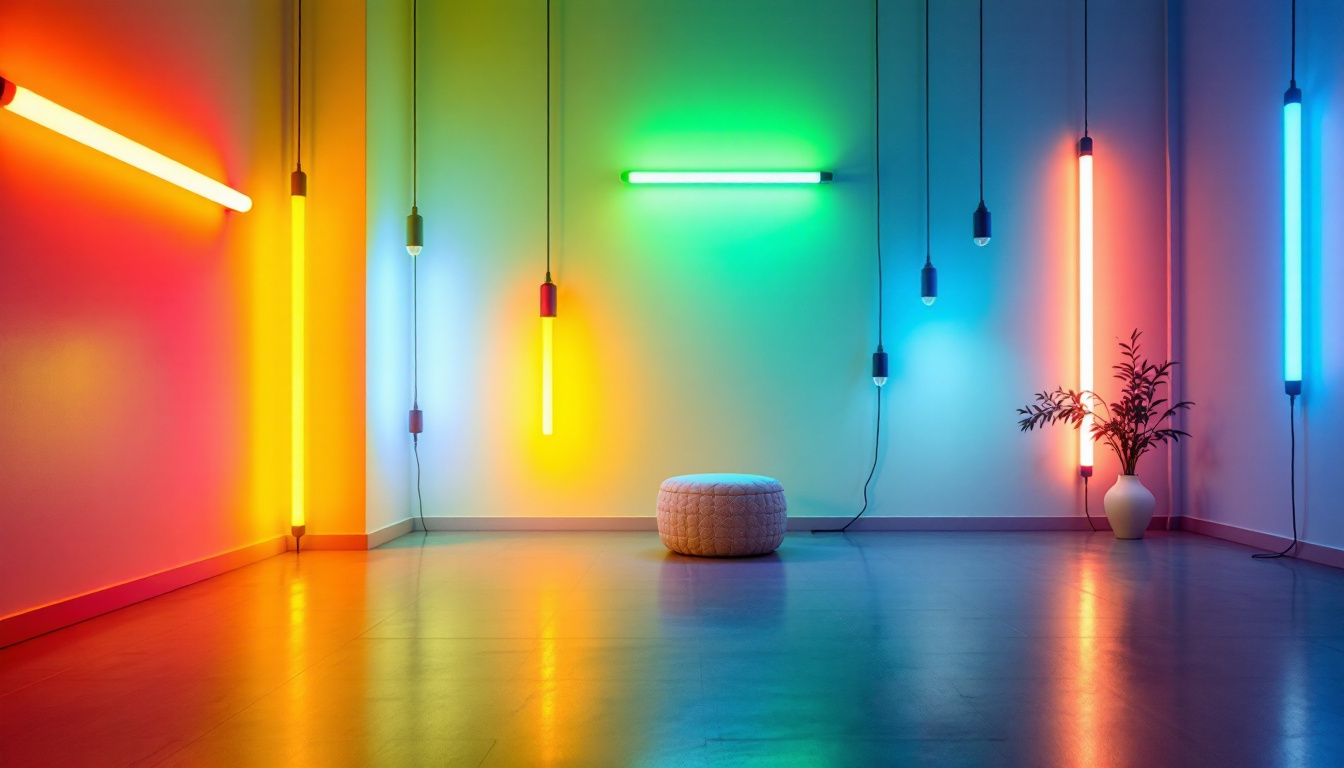

In the realm of lighting installation and design, understanding the nuances of various components is crucial for lighting contractors. Among these components, the plug-in switch stands out as a versatile and efficient tool that can enhance the functionality of lighting systems. This handbook delves into the intricacies of plug-in switches, offering insights that can help lighting contractors optimize their projects.
Plug-in switches are devices that allow users to control electrical appliances remotely or through a manual switch. They are particularly popular in residential and commercial settings due to their ease of installation and flexibility. Unlike hardwired switches, plug-in switches can be easily moved and replaced, making them ideal for temporary setups or spaces that require frequent reconfiguration. This portability not only enhances convenience but also allows users to experiment with different layouts and designs without the need for professional electrical work.
Furthermore, plug-in switches can significantly contribute to energy efficiency. By allowing users to turn off appliances that are not in use, they help reduce electricity consumption, which is not only beneficial for the environment but also for lowering utility bills. Many modern plug-in switches come equipped with timers and sensors that can automatically turn devices on or off based on user-defined schedules or ambient light levels, further optimizing energy use.
There are several types of plug-in switches available on the market, each designed to cater to different needs and applications. The most common types include:
In addition to these common types, there are also specialized plug-in switches designed for specific applications. For instance, some models are equipped with surge protection, safeguarding sensitive electronics from power spikes. Others may include dimming capabilities, allowing users to adjust the brightness of their lighting according to mood or activity. This variety ensures that there is a plug-in switch suitable for virtually any scenario, enhancing both functionality and user experience.
Plug-in switches find their application in various settings, from residential homes to commercial spaces. Their versatility allows them to be used in:
Moreover, plug-in switches are increasingly being utilized in smart home ecosystems, where they can be integrated with other smart devices to create a cohesive and automated environment. For example, they can be programmed to work in conjunction with motion sensors, automatically turning on lights when someone enters a room. This not only enhances convenience but also adds an extra layer of security, as lights can be set to turn on when motion is detected, deterring potential intruders. Additionally, in the realm of sustainability, many plug-in switches are now being designed with eco-friendly materials and energy-efficient technologies, aligning with the growing commitment to environmental responsibility.
Proper installation of plug-in switches is essential for ensuring safety and functionality. Lighting contractors should adhere to best practices to avoid common pitfalls that could lead to malfunctions or hazards. A well-executed installation not only enhances the performance of the lighting system but also extends its lifespan, making it a worthwhile investment for both contractors and clients alike.
Before beginning the installation process, it is vital to take safety precautions seriously. Always ensure that:
In addition to these basic precautions, it’s advisable to have a first aid kit readily available on-site. Familiarizing yourself with the location of the nearest emergency exits and ensuring that all team members are briefed on emergency procedures can further enhance safety. Furthermore, using insulated tools can provide an extra layer of protection against accidental contact with live wires.
The installation process for plug-in switches can vary depending on the type and application, but a general guideline includes the following steps:
After completing the installation, it is also beneficial to provide the client with a brief overview of how to operate the switch effectively. This includes demonstrating any features such as dimming capabilities or timers, if applicable. Additionally, discussing maintenance tips, such as regular checks for wear and tear or cleaning the switch, can help ensure long-term functionality and safety. Educating clients on the importance of not overloading the circuit can also prevent potential hazards and prolong the life of both the switch and the connected lighting fixtures.
Selecting the appropriate plug-in switch is crucial for maximizing efficiency and performance. Lighting contractors should consider several factors before making a decision.
One of the primary considerations when choosing a plug-in switch is its load capacity. Contractors must ensure that the switch can handle the wattage of the lighting fixtures it will control. Exceeding the load capacity can lead to overheating and potential fire hazards.
Not all plug-in switches are compatible with every type of lighting system. It is essential to verify that the switch works with the specific bulbs and fixtures being used, whether they are LED, incandescent, or fluorescent. This compatibility ensures optimal performance and longevity.
Contractors should also evaluate the features offered by different plug-in switches. Options such as dimming capabilities, remote control, and smart home integration can significantly enhance the user experience. Understanding the needs of the client can guide the selection process.
If a plug-in switch fails to respond, the first step is to check the power supply. Ensure that the outlet is functioning correctly and that the switch is securely plugged in. If these aspects are in order, the issue may lie within the switch itself, which may require replacement.
Intermittent functionality can be frustrating for users. This issue may arise from loose connections or faulty wiring. Inspecting the connections and ensuring everything is secure can often resolve the problem. If the issue persists, testing the switch with different fixtures can help determine if the switch is defective.
Overheating is a serious concern that should not be ignored. If a plug-in switch becomes excessively hot during operation, it is crucial to disconnect it immediately. This issue may indicate that the switch is overloaded or malfunctioning. In such cases, replacing the switch and ensuring it is suitable for the load is necessary.
Dust and debris can accumulate around switches, impacting their functionality. Regular cleaning with a soft, dry cloth can help maintain the switch’s performance. It is essential to avoid using harsh chemicals that could damage the switch’s surface.
Plug-in switches are an invaluable asset for lighting contractors, providing flexibility and ease of use in various applications. By understanding the types, installation processes, and maintenance practices associated with these devices, contractors can enhance their service offerings and ensure client satisfaction. Keeping abreast of technological advancements and troubleshooting common issues will further solidify a contractor’s reputation as a knowledgeable and reliable professional in the lighting industry.
Ultimately, the effective use of plug-in switches can lead to improved lighting solutions that cater to the evolving needs of clients, making them an essential component in the toolkit of any lighting contractor.
Ready to elevate your lighting projects with the best plug-in switches on the market? Look no further than LumenWholesale, where we provide contractors with exceptional, spec-grade lighting products at unbeatable wholesale prices. Say goodbye to local distributor markups and hello to a vast selection of high-quality, reliable switches that meet the highest industry standards. Plus, with free shipping on bulk orders, you can stock up on all the lighting essentials you need without any hidden fees. Don’t compromise on quality or value—visit LumenWholesale today and discover the perfect blend of affordability and convenience for all your lighting needs.

Discover expert tips and strategies for lighting contractors to master the installation and optimization of wall switches for ceiling fans.

Discover how partnering with lighting contractors can illuminate new opportunities for your business.

Discover the essential insights lighting contractors need to know about wall sconces, from design trends to installation tips, ensuring your projects shine with both style and functionality..

Discover how fluorescent bulbs can transform your lighting designs with their energy efficiency and versatile applications.
Get notified when NEW deals are released.
Optimize your budget with wholesale discounts.
Only top-quality, specification-grade lighting products.
No additional costs at checkout - what you see is what you pay.
We understand the unique needs of contractors.